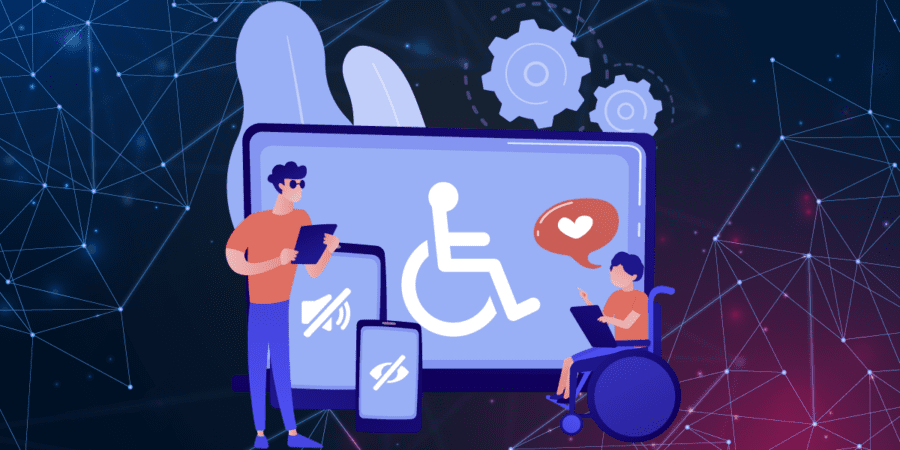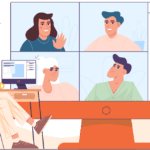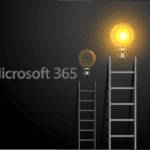How accessible technology can improve employee experience
Accessible technology has the power of uniting employees together, regardless of their needs. In todays modern world, accesibility is vital to helping every worker work efficiently and without issues, servicing those with physical and mental difficulties.
Today we’ll be highlighting some of the accessibility features that make Microsoft a tool for both productivity and inclusion.
The workplace definition of disability
Disability is defined as a mismatch in interaction between the features of a persons body and the features of the environment in which they live. Every person with a disability will have different requirements of the technology, and fully accessible technology which accommodates the needs of all users.
Microsoft’s accessible technology
Accessibility in the workplace isn’t just a nice company perk, it’s a fundamental need for all businesses. Not only does it improve the physical working environment, but it can dramatically improve your teams mental wellbeing. Employees need daily tools to service all their needs, and facilitating that (even in a hybrid environment) can reap several long term benefits.
Microsoft provides a range of built-in accessibility tools to help your team stay on track with their workflow and feel at ease knowing there’s options to support their needs.
Microsoft’s accessibility features
Immersive Reader in PowerPoint
A tool to increase readability in PowerPoint
Dark Mode in Word
The ability to make the Word canvas black can help those with light sensitivity and can reduce eye strain
PowerPoint Live in Microsoft Teams
Viewers are able to access shared content using screen readers, refer back to previous slides and switch to high-contrast mode
Microsoft Office Accessibility Checker
A tool to suggest edits that make your content more accessible
Dictate in Microsoft 365
Use your voice to execute demands such as creating document or emails
Designer
Suggests design styles in Word to help polish your documents


